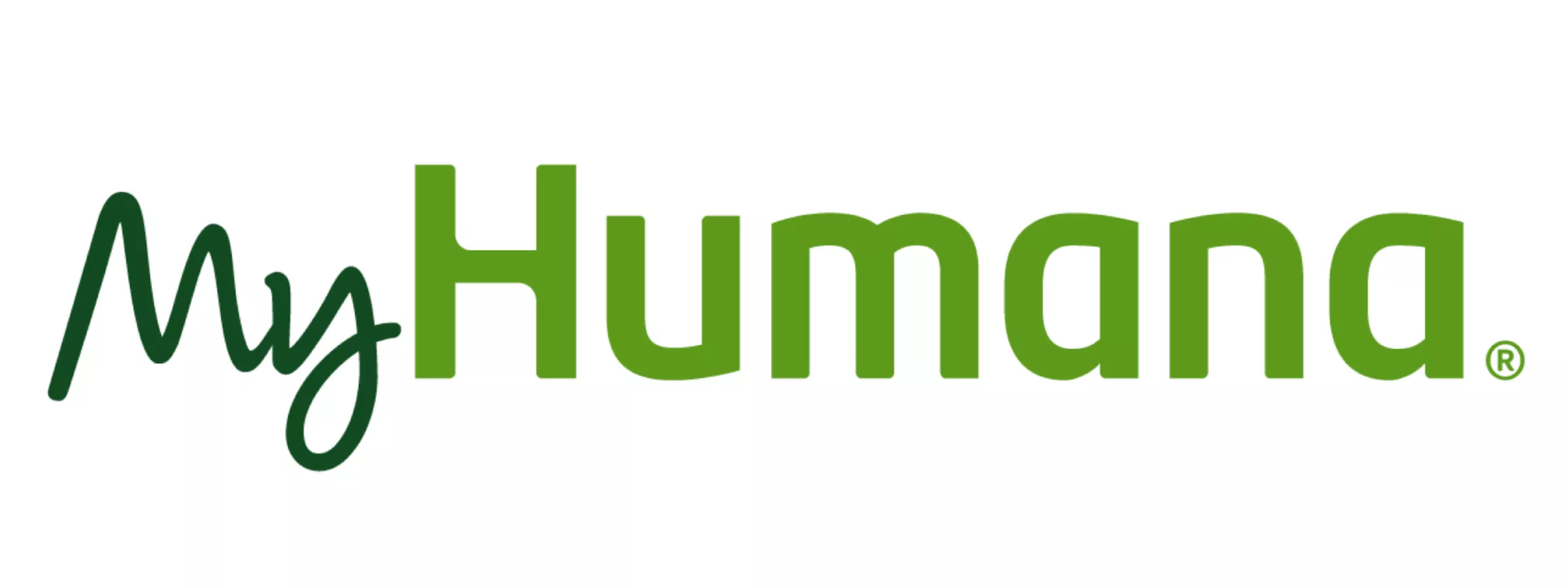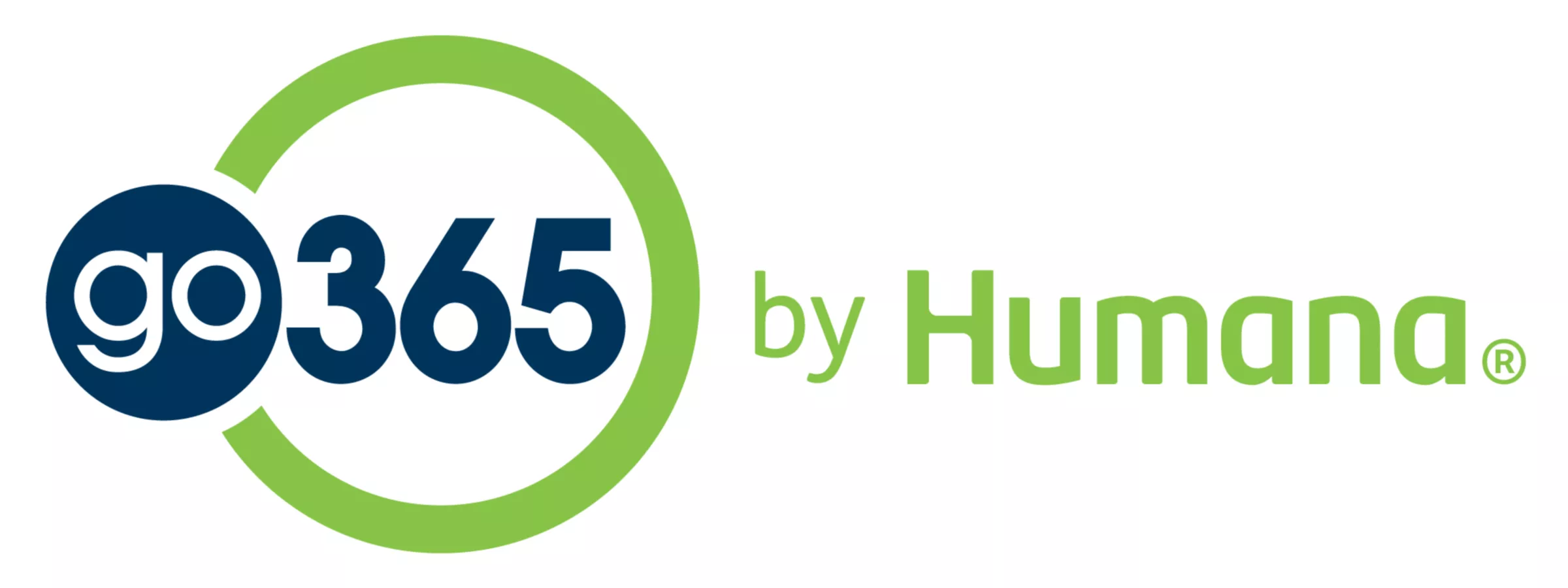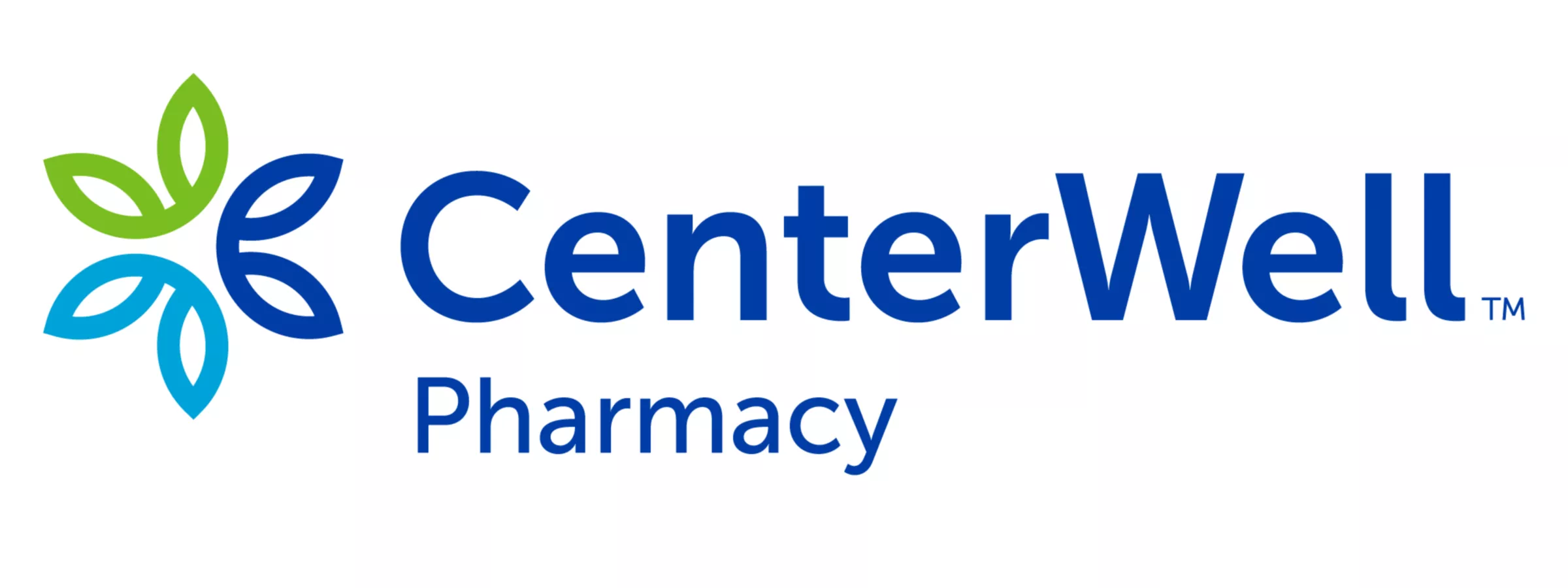
More Medicare-eligible Americans than ever before are opting to punch a clock rather than hang up their hat. Consider this: by 2032, adults aged 65 and older are projected to account for 8.6% of the labor force, up from 6.6% in 2022.1 More older adults in the workforce means greater demand for healthcare coverage.
Shifting demographics in the labor force come at a time when providing health benefits has been getting more expensive, and small and midsize organizations are especially susceptible to the pressure of higher costs. According to research by JPMorganChase Institute, among firms with less than $600,000 in annual revenue, the median health insurance payroll burden was nearly 12% in 2023, compared to 7% among firms with revenue greater than $2.4 million.2
So how can midsize organizations reconcile the need to provide in-demand health benefits to an aging workforce as the cost of doing so continues to climb?
Group Medicare Advantage (GMA) provides an answer. “With Medicare Advantage, costs are lower for the employer,” says Jessica Topolski, a licensed insurance professional and expert in senior health plans who specializes in assisting small and midsize organizations. “Organizations that offer Medicare Advantage are offering a retiree program, which is attractive to current employees who know they have that option when they retire,” she says.

Here are five reasons why GMA makes sense for midsize organizations:
GMA plans are cost effective
GMA plans tend to have lower premiums. Plan sponsors that move coverage for retirees from traditional Medicare to a GMA plan often see a significant reduction in premiums.3 This is a big advantage for smaller firms that may have less power to negotiate favorable premiums compared with larger organizations. Most Medicare Advantage plans also include rich supplementary benefits—such as dental care and fitness memberships—that encourage a proactive approach to health and wellness, helping members prevent or delay the onset of chronic disease. “Retirees get the tools they need to be healthy—this reduces overall costs on the back end because you have less claims coming in,” says Topolski.
A GMA plan is a one-stop shop
Medicare Advantage plans that include Medicare Part D prescription drug coverage (MAPD plans) eliminate the need for midsize organizations to have separate plans, thereby simplifying plan management. “A Medicare Advantage plan is a one-stop shop,” says Topolski, noting that with other retiree programs there may be a need to manage separate plans under the same carrier, or manage different plans offered by different carriers. “Medicare Advantage makes things super simple for plan sponsors,” she notes.
GMA plans can be customized
GMA plans can be tailored to fit the specific needs of a small or midsize organization’s membership. Plan sponsors have the option of selecting benefits that make the most sense for their members. They also have more leeway in other areas of plan design. “There’s more flexibility on the annual out-of-pocket maximum, or if it’s just going to be a small deductible,” says Topolski. She adds that prescription drug coverage tends to be richer with GMA plans too. “They cover more prescriptions than you would see on a standard, standalone Medicare Advantage plan,” she says.
GMA plans attract experienced workers
Offering GMA can give small and midsize companies an edge when competing with larger organizations for older workers who bring a unique mix of experience, skills, and high education levels. “One of the things older employees are looking for is what kind of retiree benefits are being offered,” says Topolski. “If there’s a strong Medicare Advantage plan that’s affordable for employees, that’s a definite advantage.”
GMA plans ease the HR burden
GMA plans include administrative support, easing the burden on midsize organizations’ HR departments. This includes support for processes such as claims management and other paperwork—this is especially beneficial for small and midsize organizations where HR resources tend to be stretched thin. “With Group Medicare Advantage, the carrier does all that leg work, so the employer doesn’t have to do it themselves,” says Topolski. She points to other value-add services that lighten the load for HR staff at small and midsize organizations, such as plan education for members. “The Medicare Advantage plan handles that, which takes the onus off the organization,” she says.
- The growth of the older workforce,” Pew Research Center, December 14, 2023, last accessed March 14, 2025, https://www.pewresearch.org/social-trends/2023/12/14/the-growth-of-the-older-workforce/
- The burden of health insurance premiums on small business,” JPMorganChase, June 26, 2024, last accessed March 14, 2025, https://www.jpmorganchase.com/institute/all-topics/business-growth-and-entrepreneurship/small-business-health-insurance-burdens?
- Comparing Group Medicare Advantage Plans and Private Medicare Exchanges,” benefits quarterly (fourth quarter 2020), last accessed March 14, 2025, https://www.segalco.com/media/2026/bq-2020-q4-kersting-schatten.pdf


